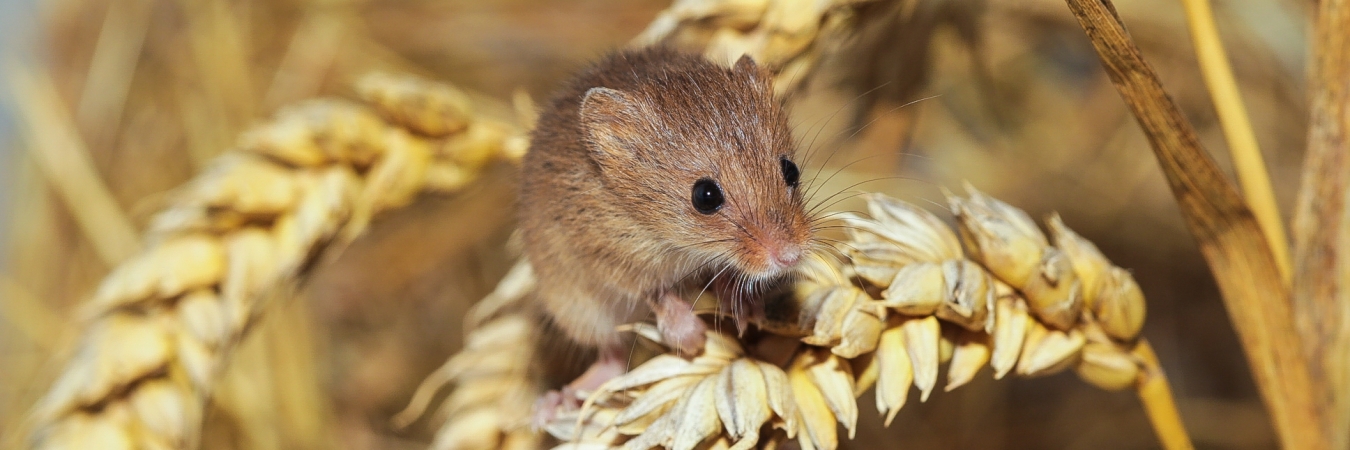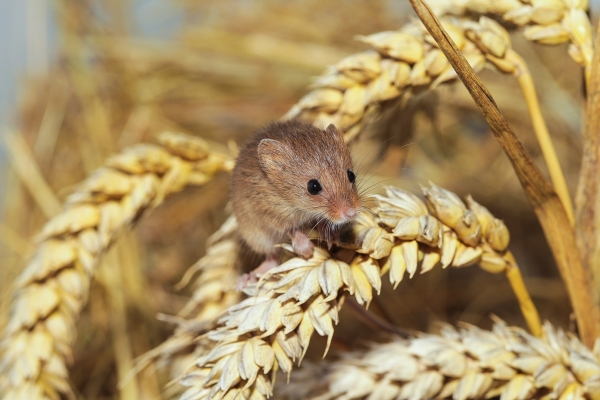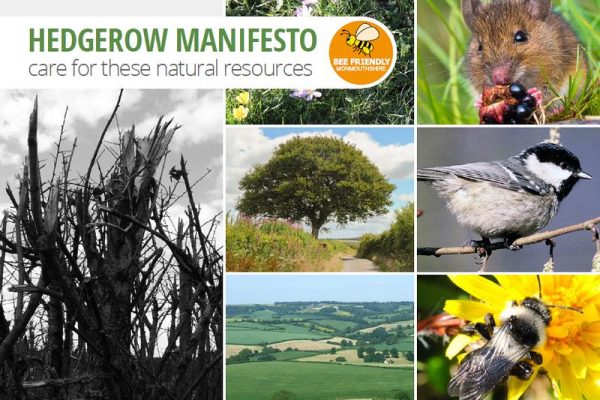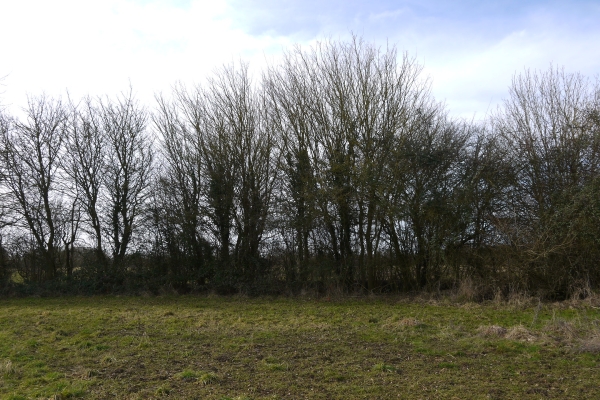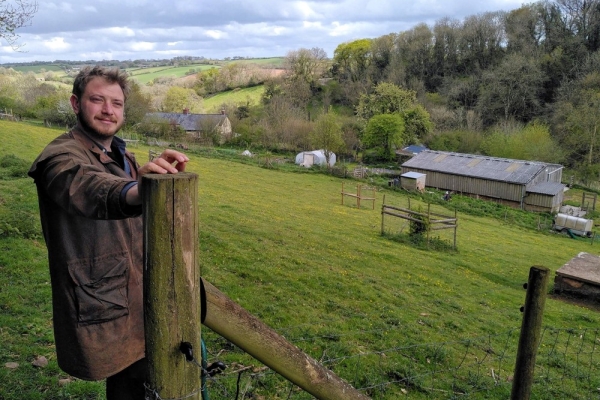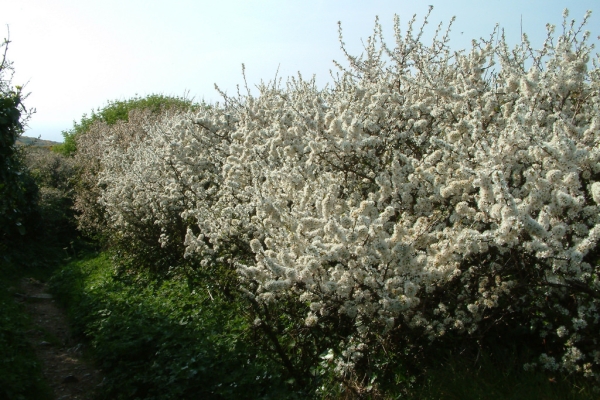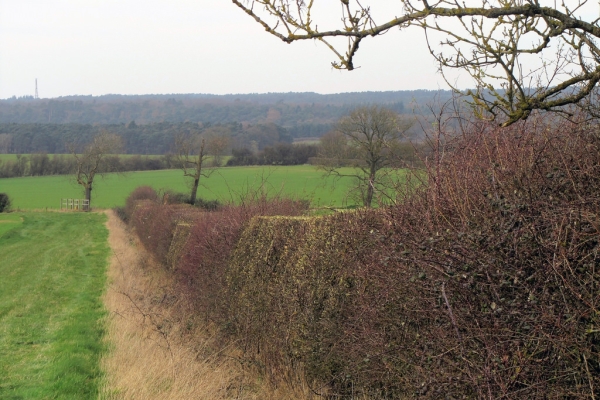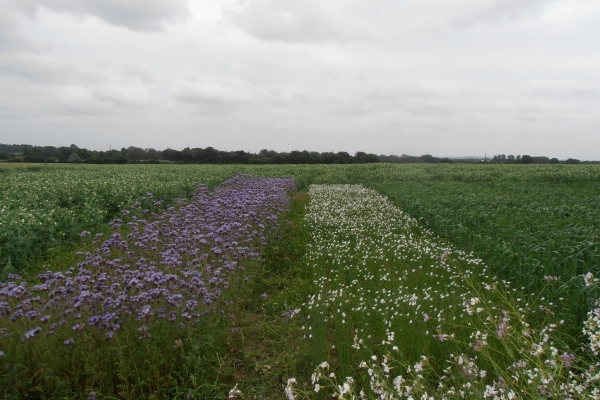Managing for mammals
Resource explained
The mammal community is an important, perhaps undervalued, component of farmland biodiversity. It includes species of conservation concern, such as harvest mice, dormice and bats, as well as those often perceived as problematic, such as foxes, badgers and deer. How best to conserve mammals will depend on the species and the farm: these illustrated chapters from WildCRU’s Wildlife & Farming handbook suggest habitat management approaches for small mammals, brown hare, water voles, otters and bats, using case studies from WildCRU projects to highlight key information.
Findings & recommendations
- Hedgerows, tussocky margins and copses are widely used by a range of farmland mammals. Small mammals, an important part of the food chain, will benefit from the plentiful supply of seeds and invertebrates, shelter, and nesting sites.
- Bats, many of which are declining, use hedgerows, tree lines, and woodland belts for foraging and as corridors through the landscape. Woodland and water bodies are especially important for many bats – woodland provides roosting and feeding sites, and watercourses harbour abundant insects.
- Where watercourses have lush bank vegetation, one of Britain’s most endangered mammals – the water vole – may sometimes be found. Fencing can protect watercourses from heavy grazing, while buffer strips next to watercourses on arable land can increase bankside vegetation and reduce pollution in the river. Good water quality is crucial for water voles, otters and other riparian wildlife.
- The brown hare, with its distinctly long, black-tipped ears and leggy appearance has declined greatly in numbers. Hares prefer a farmland ‘mosaic’ mix of arable and grassland fields. A number of Countryside Stewardship options will benefit hares.
(Header image: Harvest Mouse. Photo credit: Allan Drewitt, Natural England)
Summary provided by:
Ruth FeberRelated articles
Ruth Feber introduces a new illustrated handbook from the Wildlife Conservation Research Unit (WildCRU) which provides practical advice for managing nature on lowland farms.
Nicola Bradbear writes about the importance of allowing hedgerows to grow tall, flower and bear fruit, and shares some guidelines for hedgerow management.
Jo Smith from the Organic Research Centre explains the importance of on-farm hedgerows and describes trials carried out as part of the TWECOM project.
Rowan Dumper-Pollard writes about the ORC joining the Countryside Charity in seizing the initiative and campaigning for the government to increase UK hedgerows by 40%...
This Woodland Trust publication outlines the benefits that can be achieved from nurturing hedgerows and provides practical management tips.
An update on research by the Centre for Ecology & Hydrology that outlines the potential benefits of changing your hedgerow-cutting regime.
Research that looked at the effects of creating wildlife-friendly habitats in less productive areas of fields on a conventional arable farm.
Useful information and research highlights on managing uncropped habitats for farmland wildlife.
Practical guidance to help you manage your land to benefit wildlife alongside efficient, sustainable food production systems.
